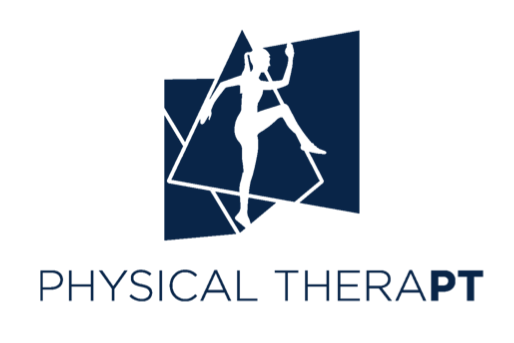To wrap up our section on ankle sprains, I was able to chat more with Kathleen about her clinical experience and treatment recommendations. Kathleen’s background working with the SF Ballet, not to mention her years as a dancer herself, have given her a high volume of foot and ankle injuries to draw from!
A Well Balanced Workout
Why all this wacky balance work? Injury doesn’t just impact bony or soft tissues; nerves are often impacted as well. Mechanoreceptors are sensory neurons found within joint capsular tissues, ligaments, tendons, muscles and skin. These cells respond to movement and touch, and contribute to our sense of proprioception, or a sense of where the body is in space. Proprioceptive training programs are effective at reducing the rate of ankle sprains in sporting participants, particularly those with a history of ankle sprain.
Lateral Ankle Sprains: Part II
The Lateral Ankle Sprain
Lateral or inversion ankle sprains are one of the most common ankle injuries. These injuries happen through an excessive inversion mechanism, or when the foot rolls to the outside. Eversion ankle sprains, or when the foot rolls to the inside, are much less common because of the anatomy of the joint; the body is naturally more resilient against this motion.

